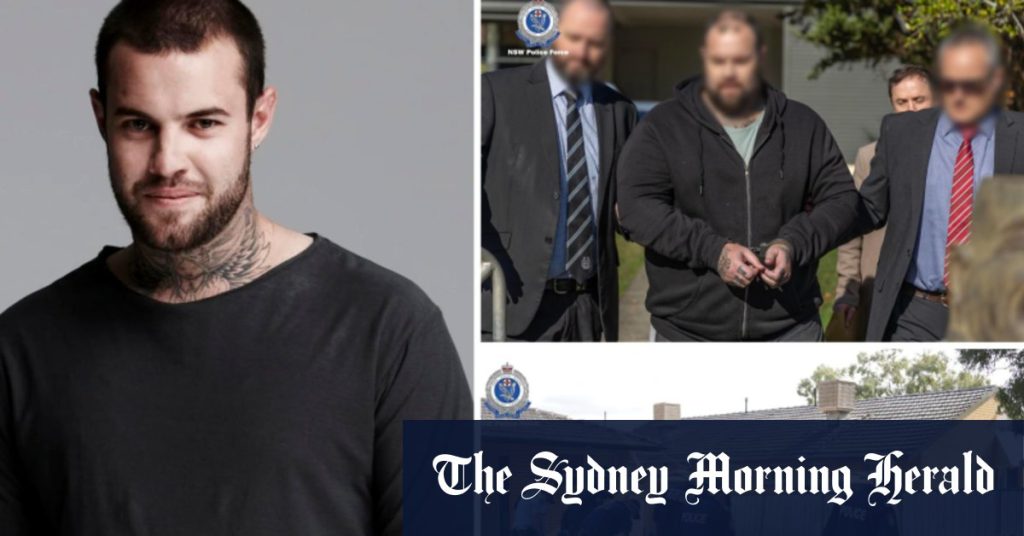In a heartbreaking incident, a grieving mother visited her daughter’s alleged killer in the hospital, where he apologized and expressed remorse for hurting the child. The man, Callaway, admitted to shooting firearms in the backyard before the baby’s death and was later charged and convicted of gun offenses. Despite the severity of the injuries sustained by the baby, Callaway showed no emotion during discussions and offered no plausible explanation for the injuries.
Callaway, who was battling stage-three cancer and taking medication for pain relief, was not arrested for almost five years until after a coronial inquest was held in Sydney. Medical experts told the coroner that the girl’s injuries were consistent with both accidental and deliberate infliction, but the cause of death was determined to be cardio-respiratory failure not directly related to the traumatic head injuries. This connection between the injuries and the girl’s death will be a major aspect of the case as it progresses through the legal system.
Ten days before her death, doctors at Coonabarabran hospital had diagnosed the girl with pneumonia, while finding no injuries, but she had shown improvement after treatment. However, the medical experts presenting at the inquest were unable to come to a consensus about the link between the injuries and the girl’s death. Despite the uncertainty, Callaway is expected to fight the charge of murder at trial and will appear in court later in August to defend himself against the allegations brought against him.
The police were troubled by Callaway’s lack of emotion and inability to explain the injuries sustained by the baby before her death, as detailed in the police fact sheet. Callaway’s admission of shooting firearms in the backyard before the incident led to him being convicted of gun offenses. His battle with cancer and use of pain relief medication also played a role in the case, as his health condition improved leading up to the trial. The Supreme Court will consider the testimony of medical experts and the evidence presented during the coronial inquest to determine Callaway’s guilt or innocence in the tragic death of the young child.
The case has been ongoing for several years, with Callaway finally being charged after the coroner’s report revealed the nature of the girl’s injuries and cause of death. The legal proceedings will focus on the connection between the injuries sustained by the child and her eventual death, with conflicting opinions from medical experts adding complexity to the case. Despite the challenging circumstances, Callaway will have the opportunity to present his defense in court and challenge the murder charge brought against him.
As the trial approaches, the events leading up to the girl’s tragic death are being examined in detail, with evidence from medical professionals and law enforcement officials shaping the narrative of the case. The grieving mother’s visit to the hospital to confront Callaway and his subsequent admission of guilt and lack of emotion during police interviews have added layers of complexity to the proceedings. The legal system will ultimately decide Callaway’s fate as he faces the murder charge in court and fights to prove his innocence in the face of conflicting medical opinions and evidence presented in the case.


